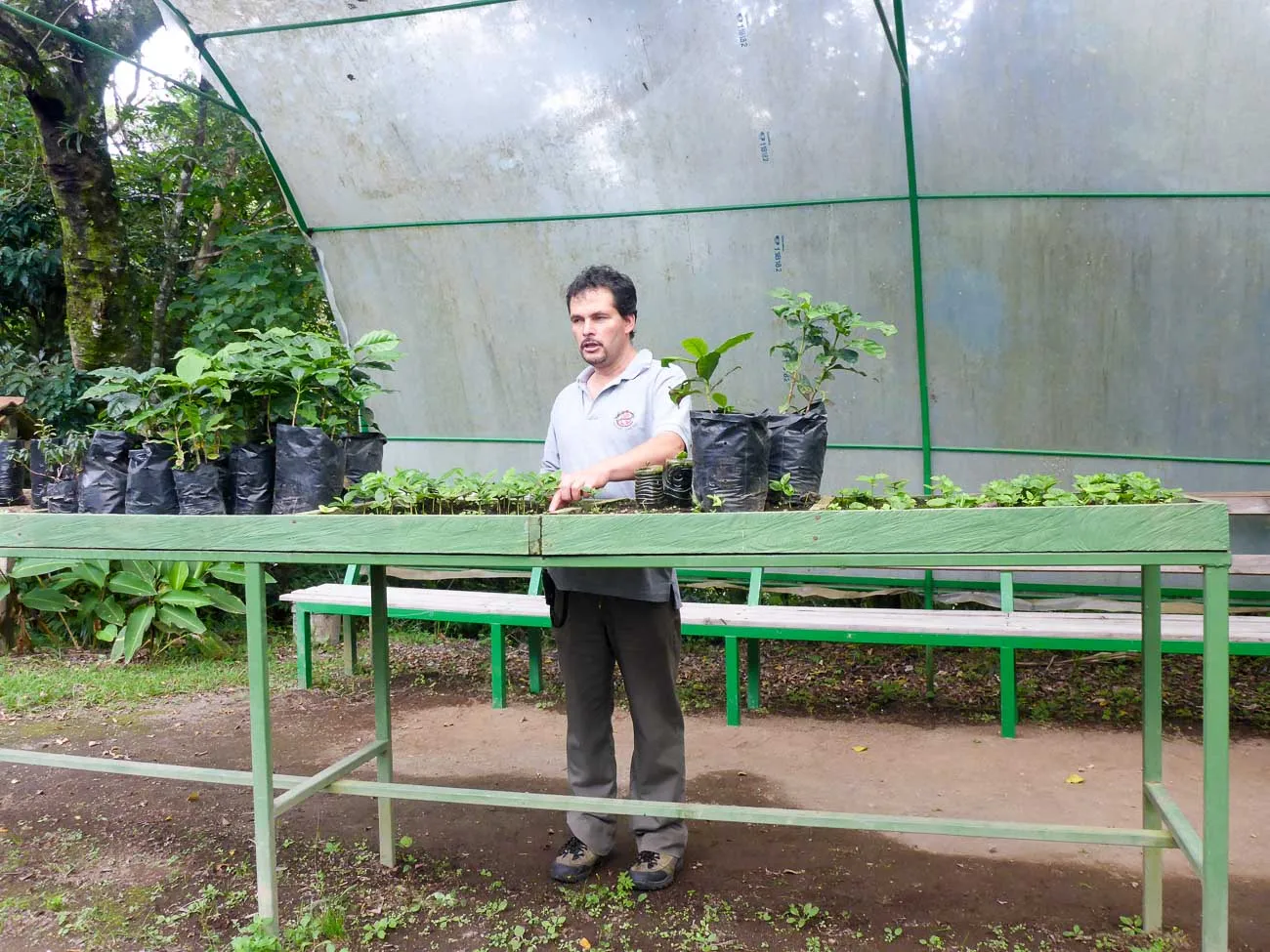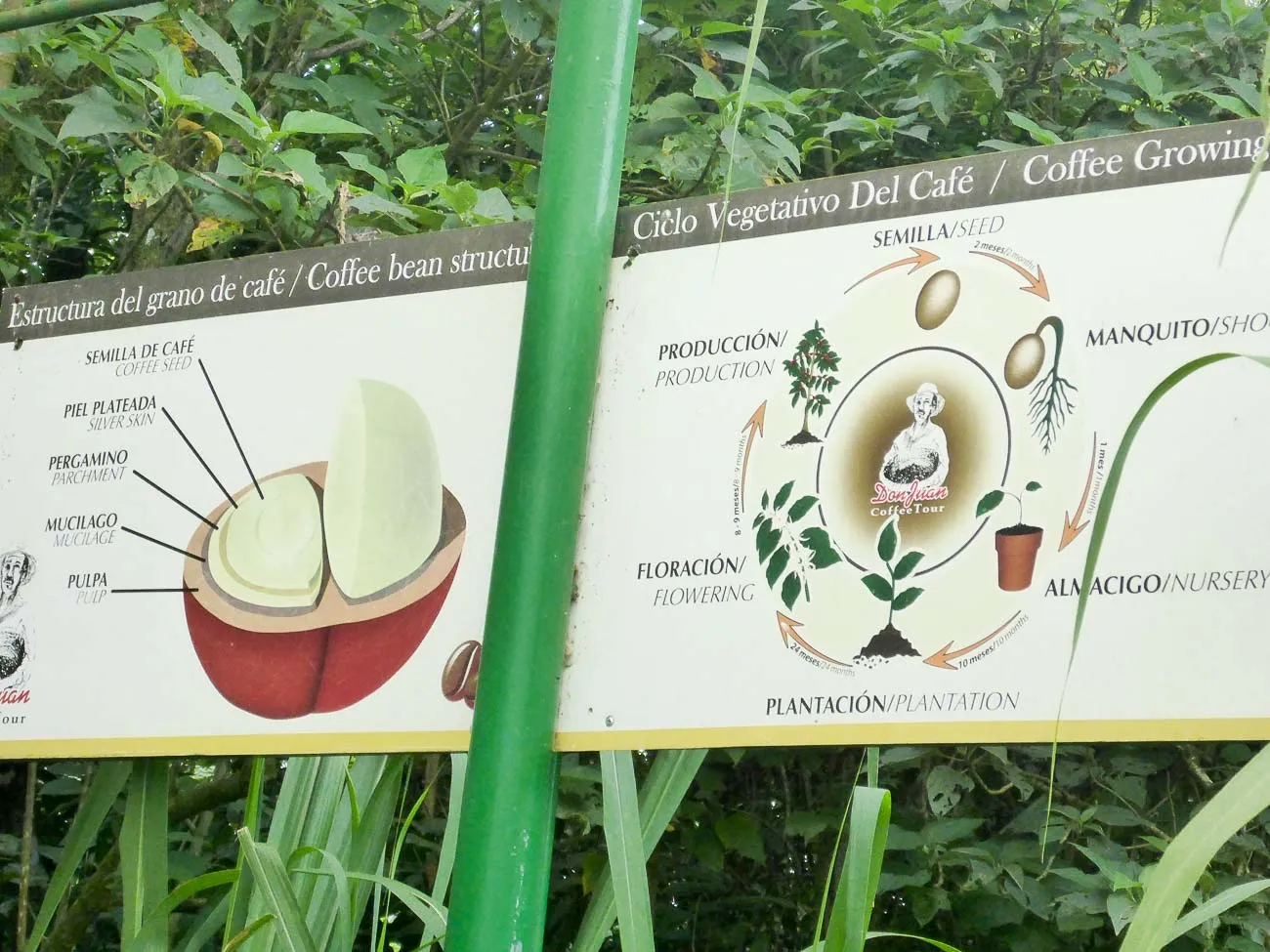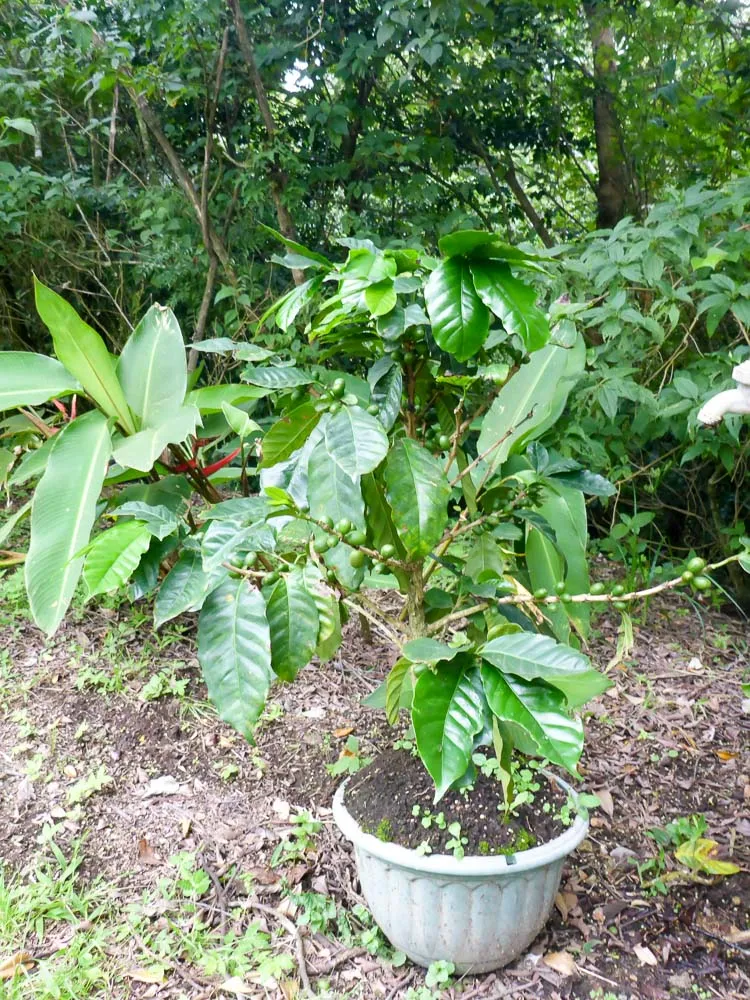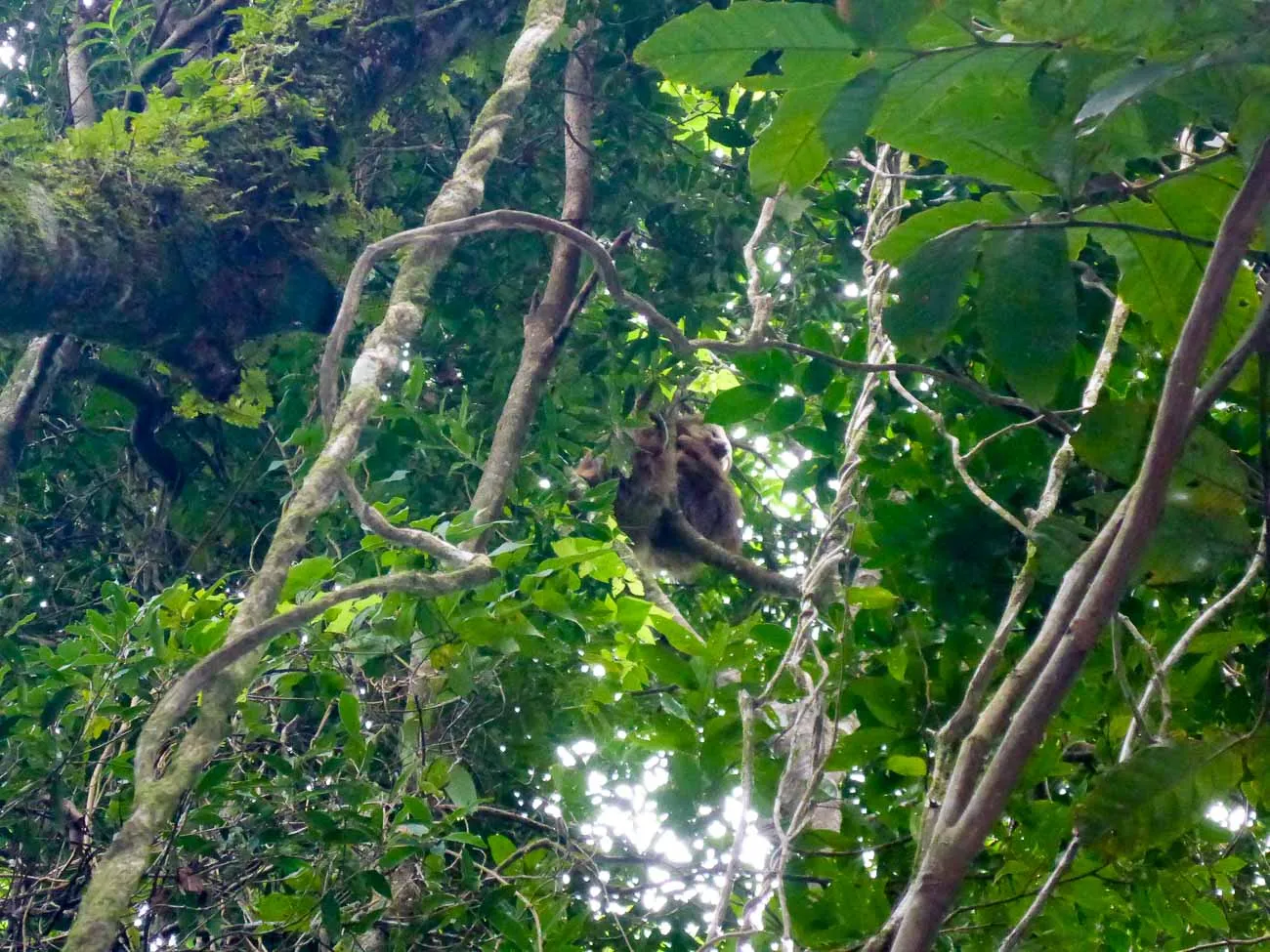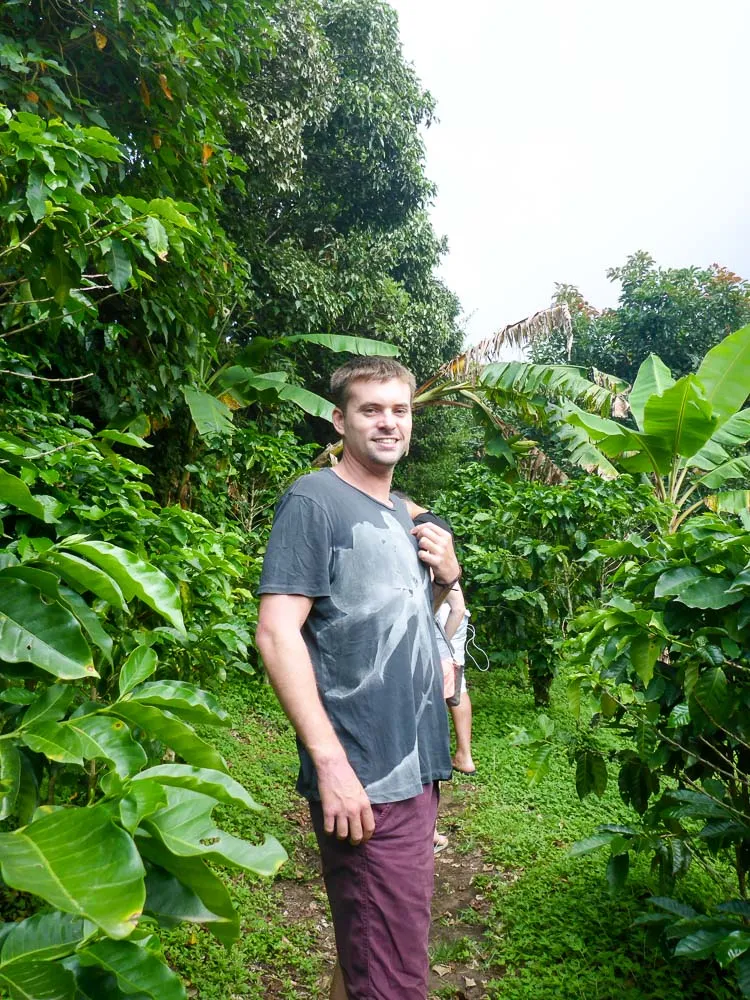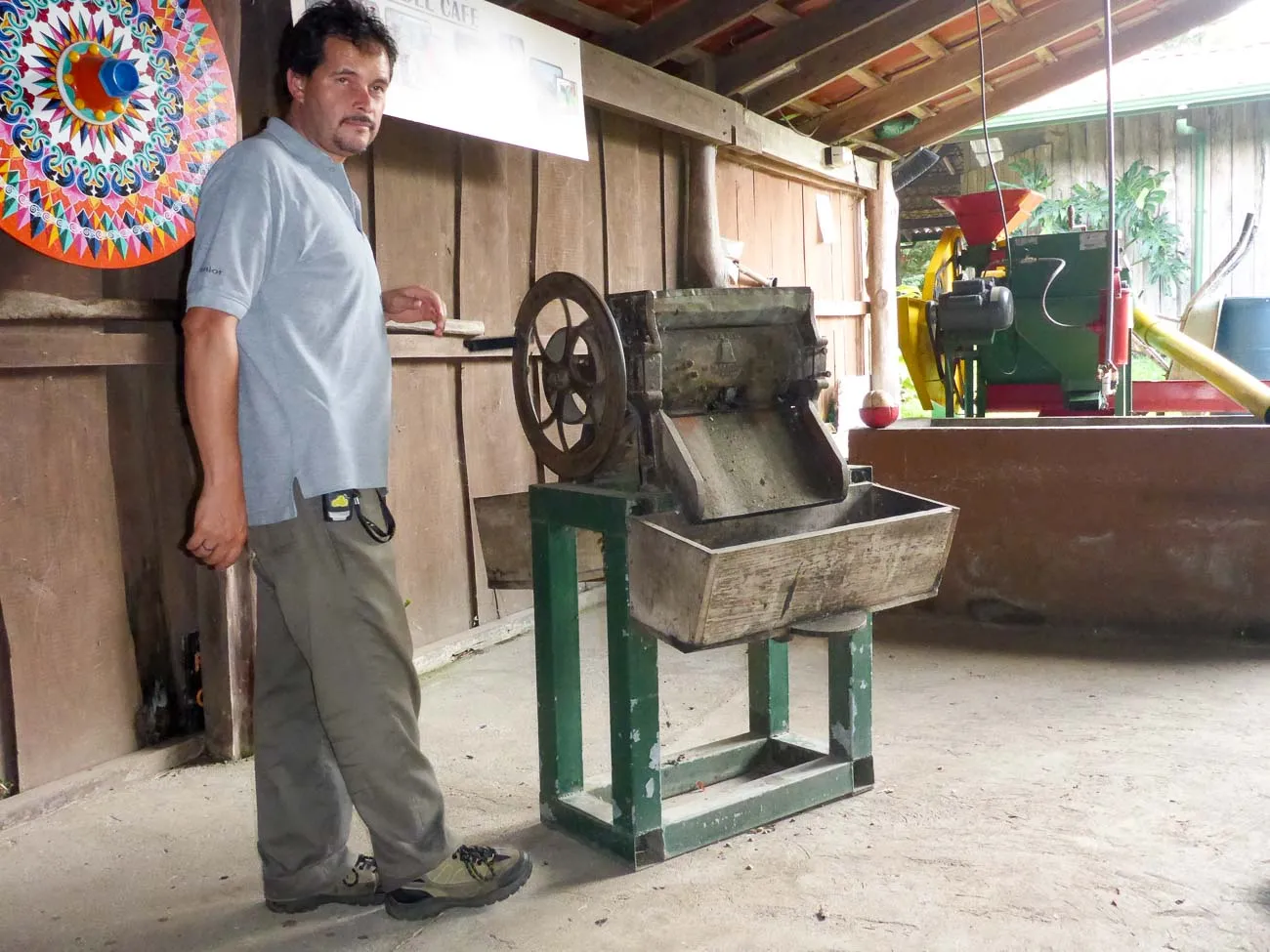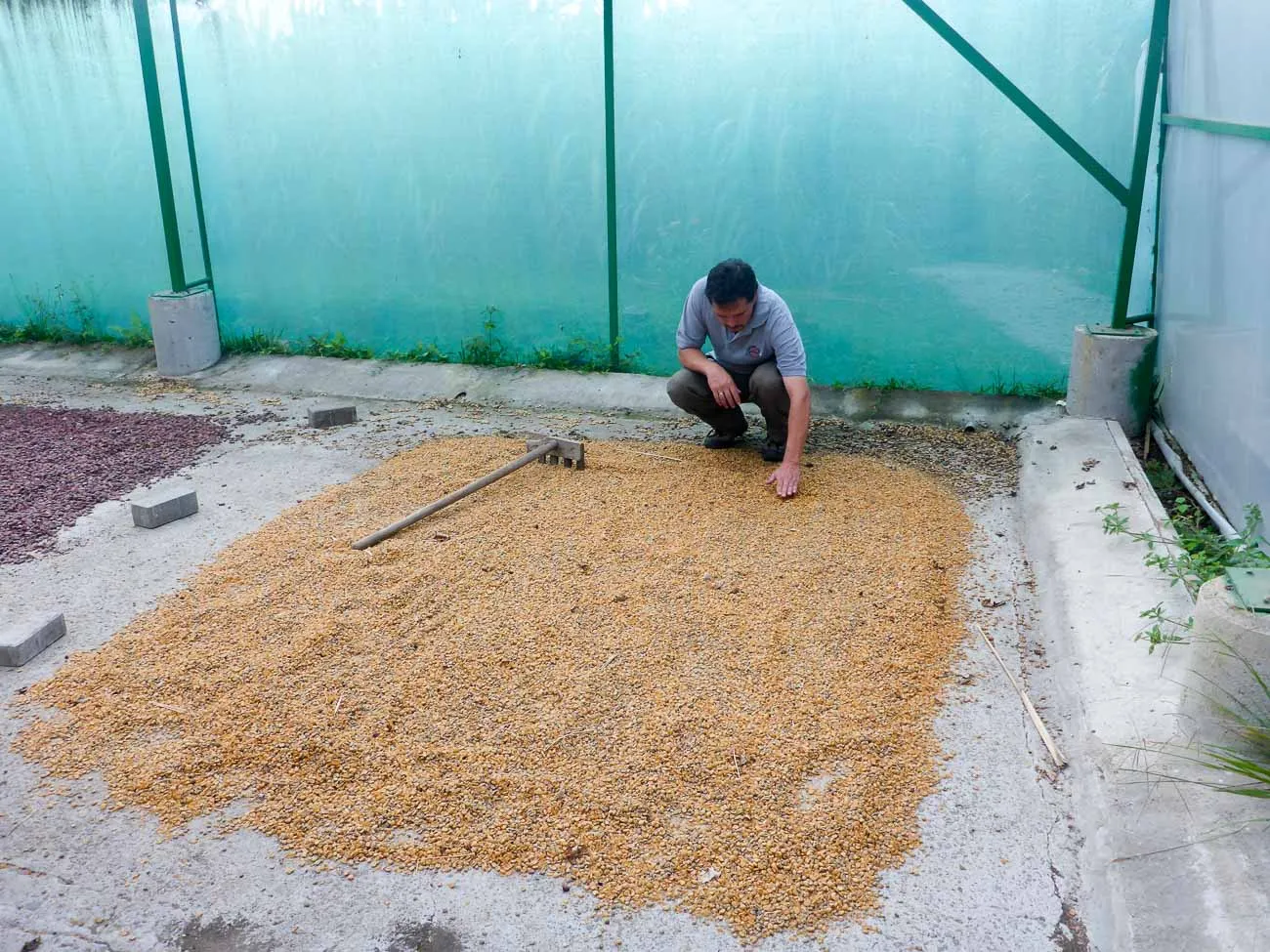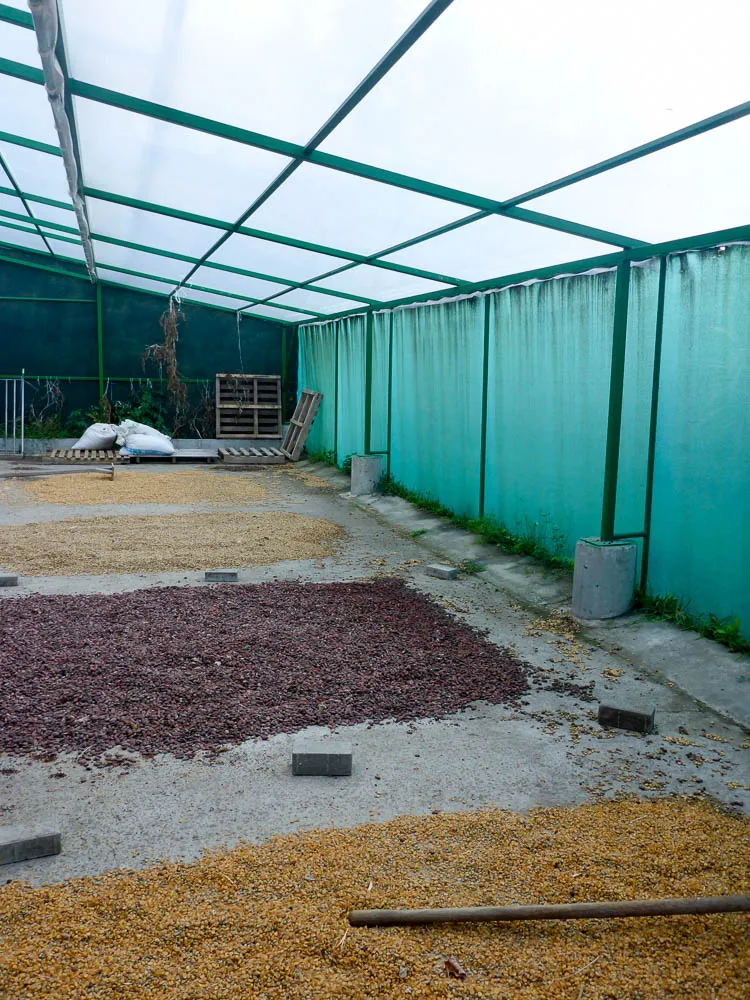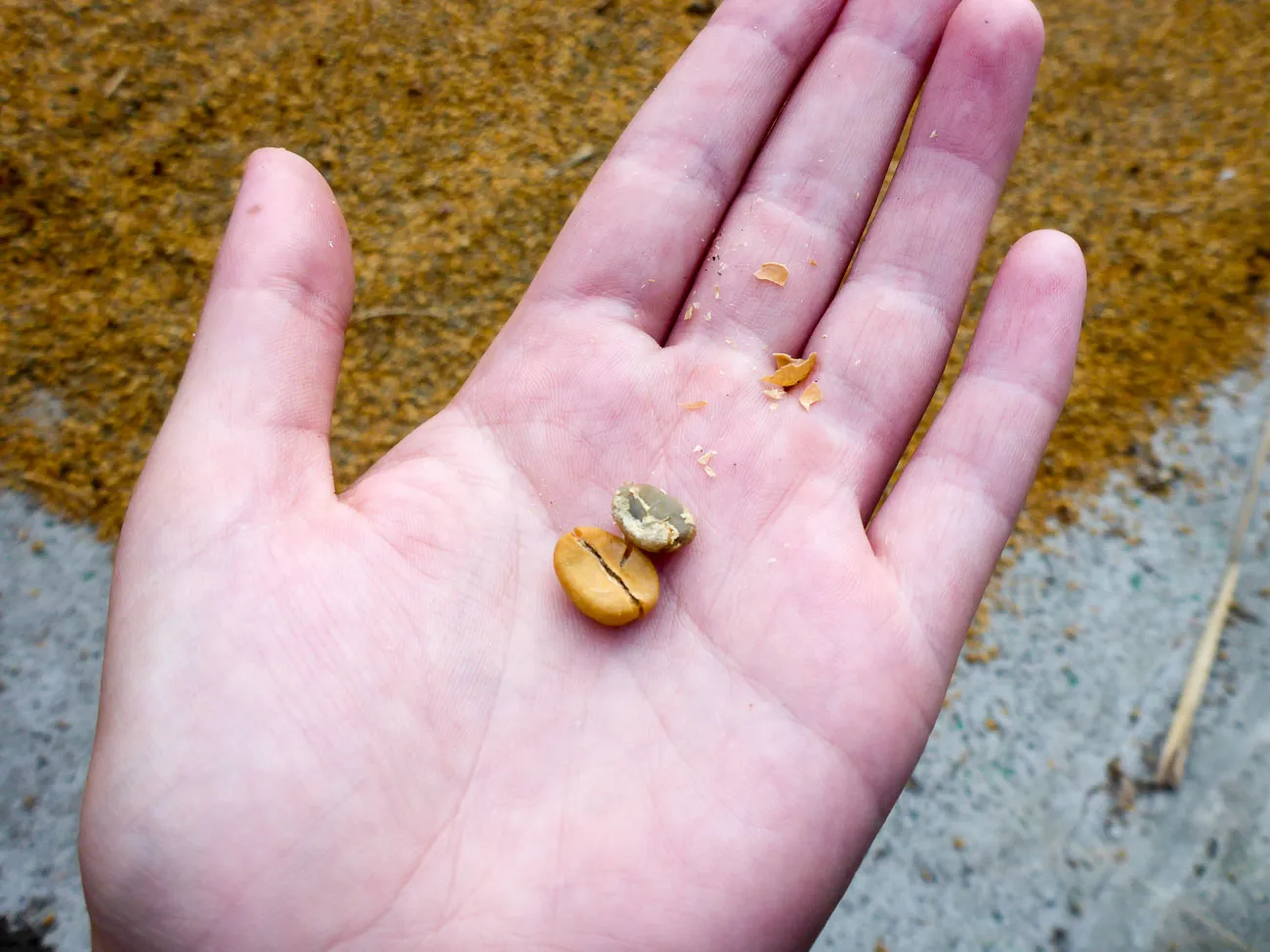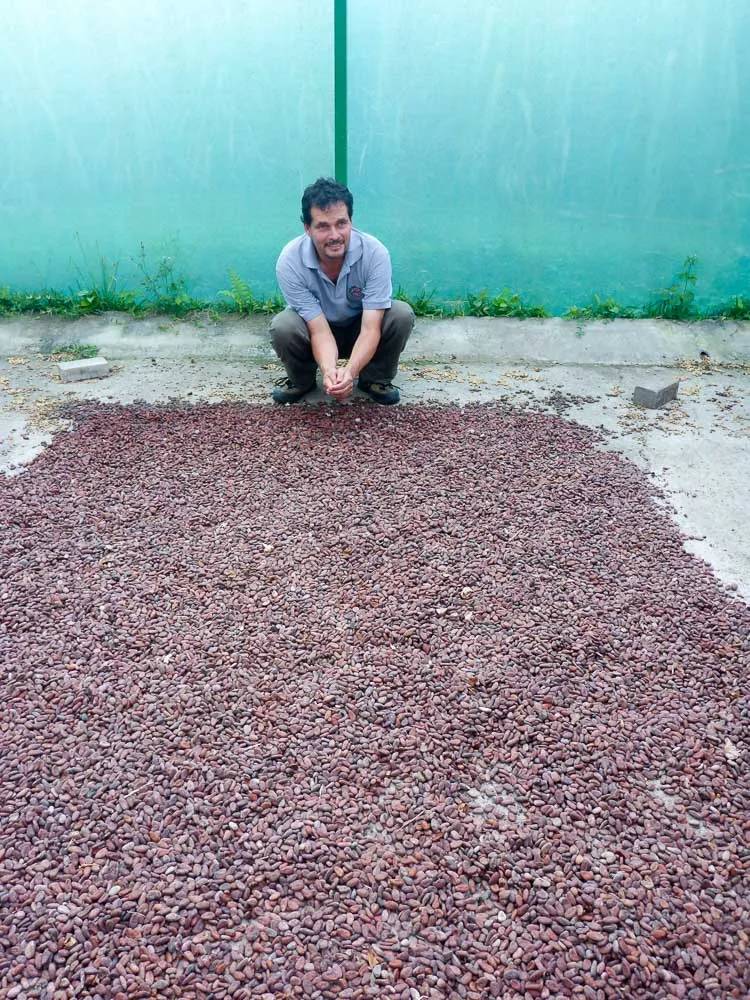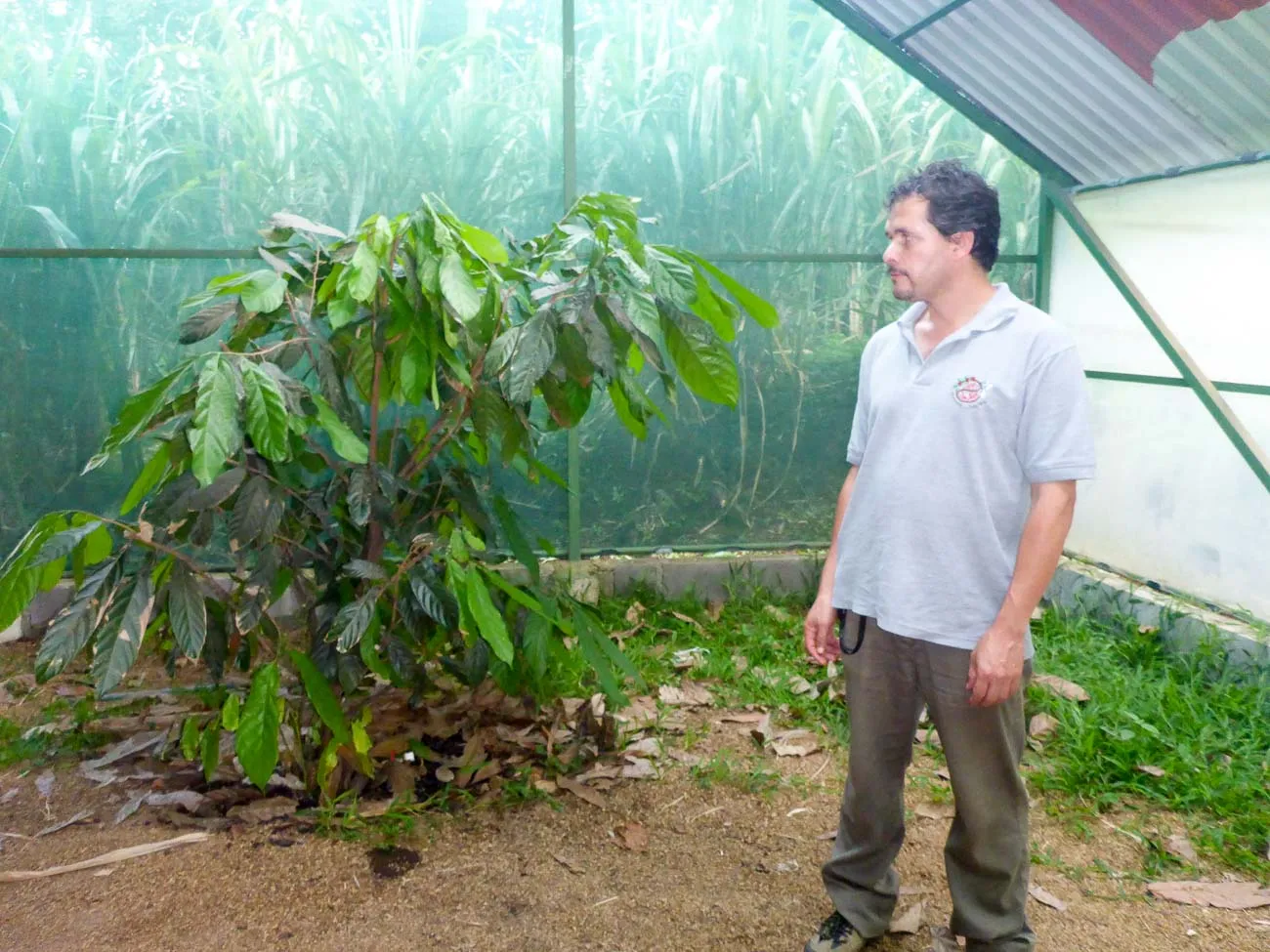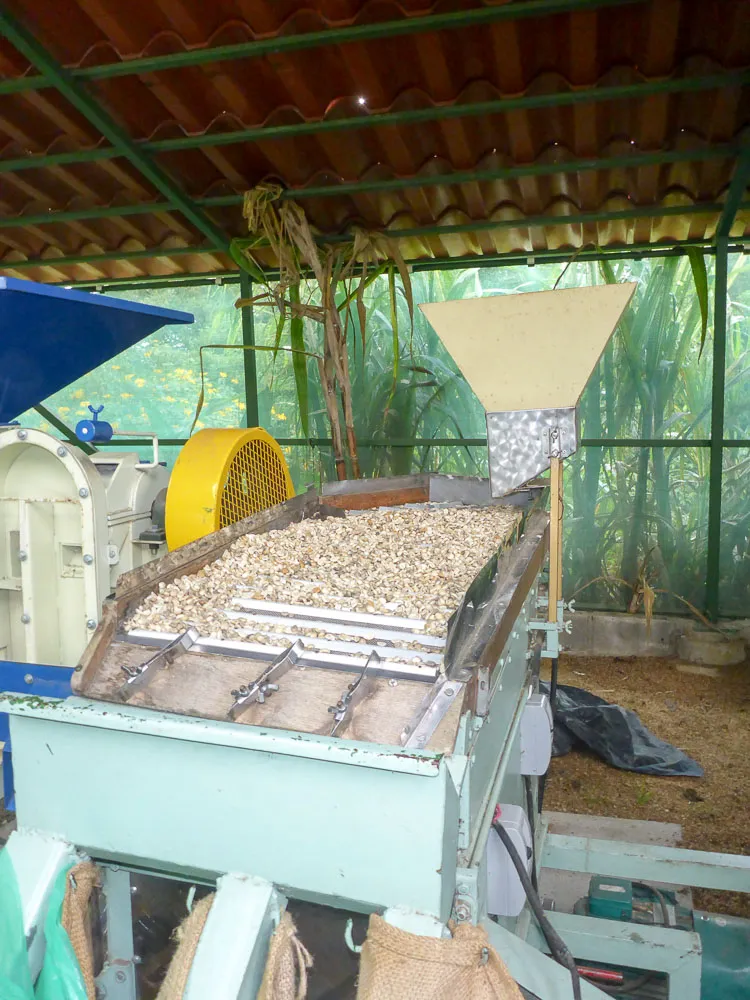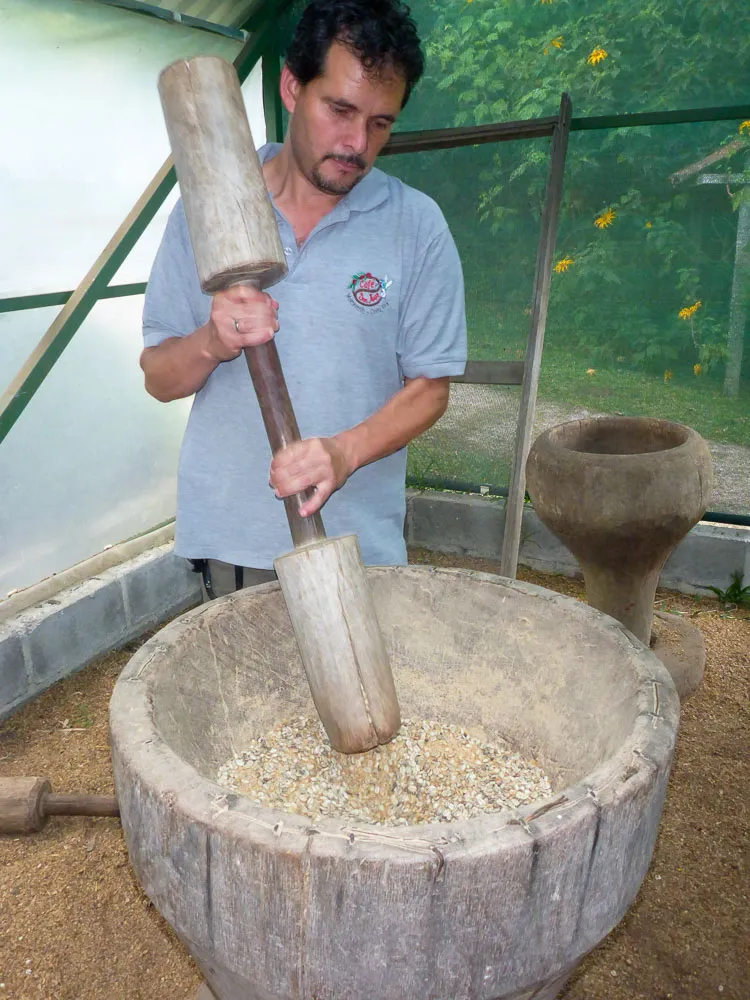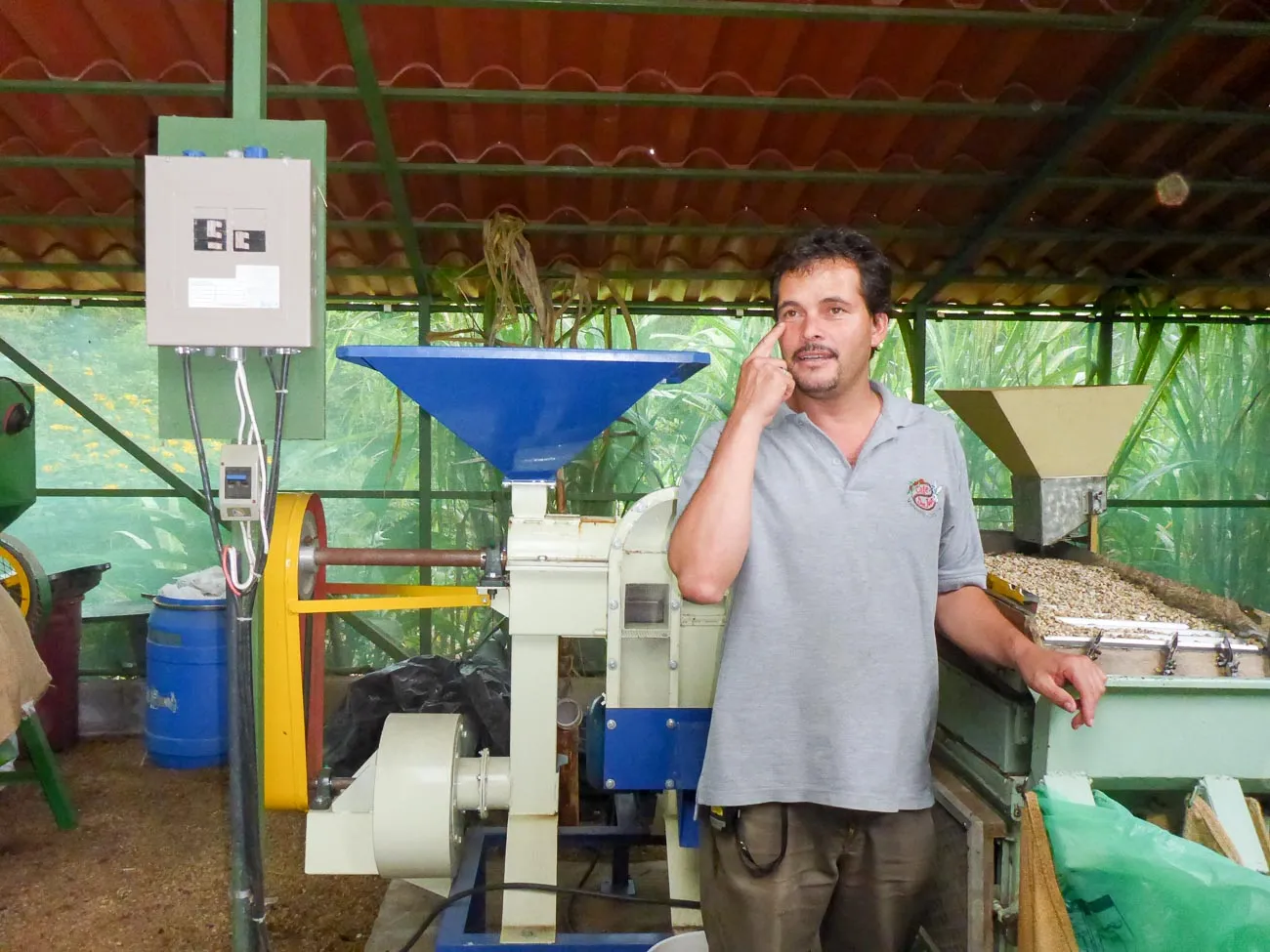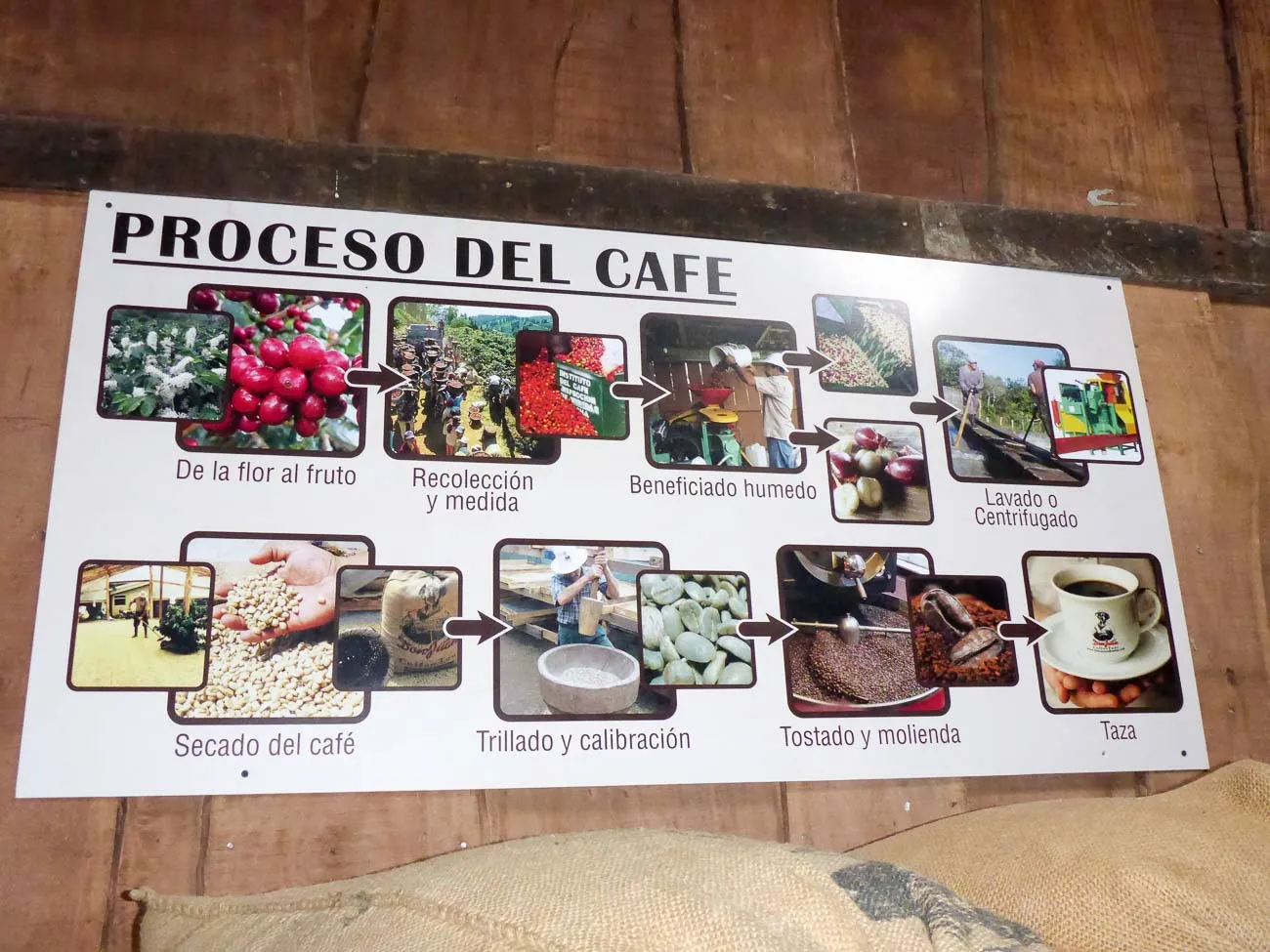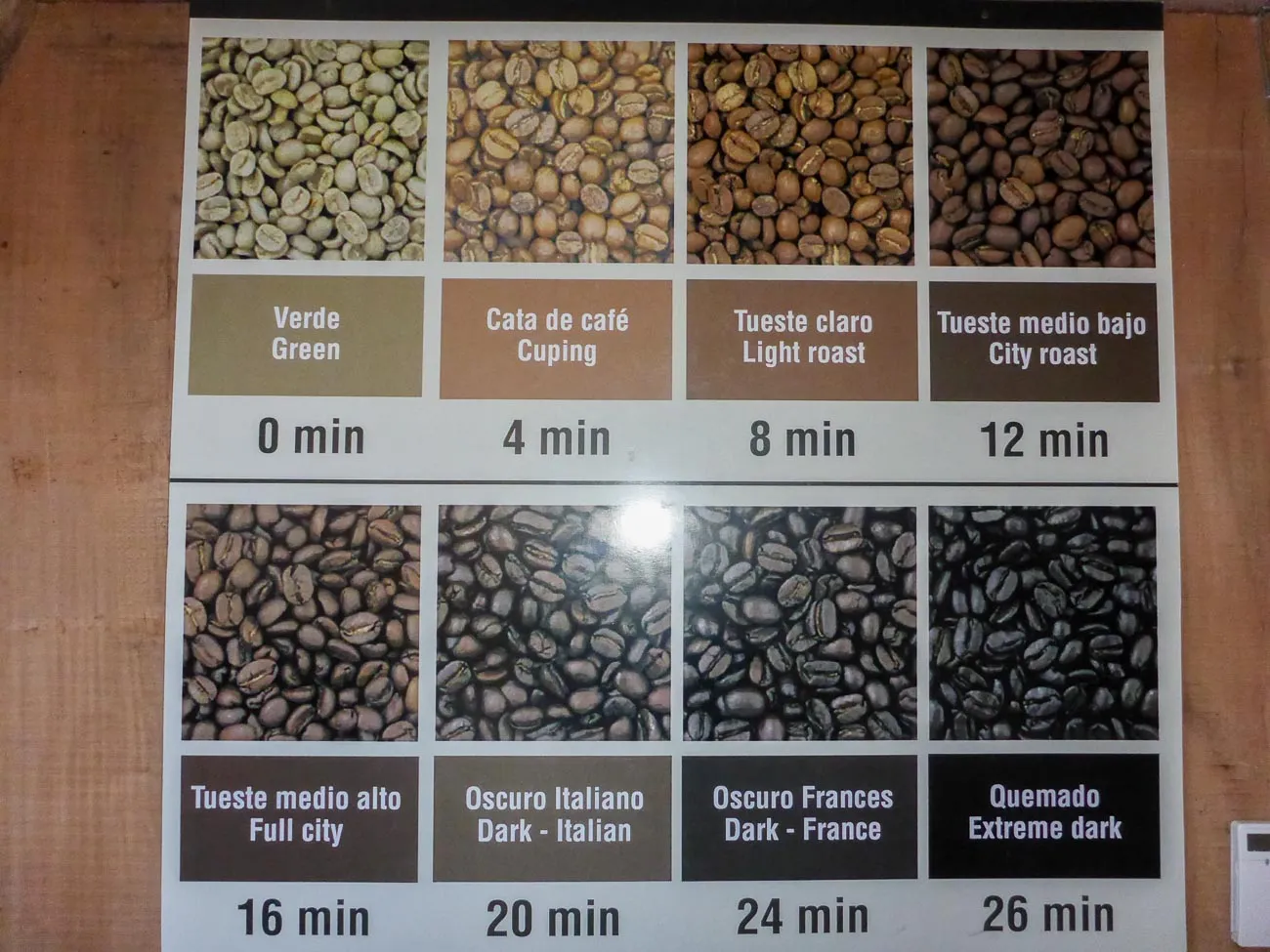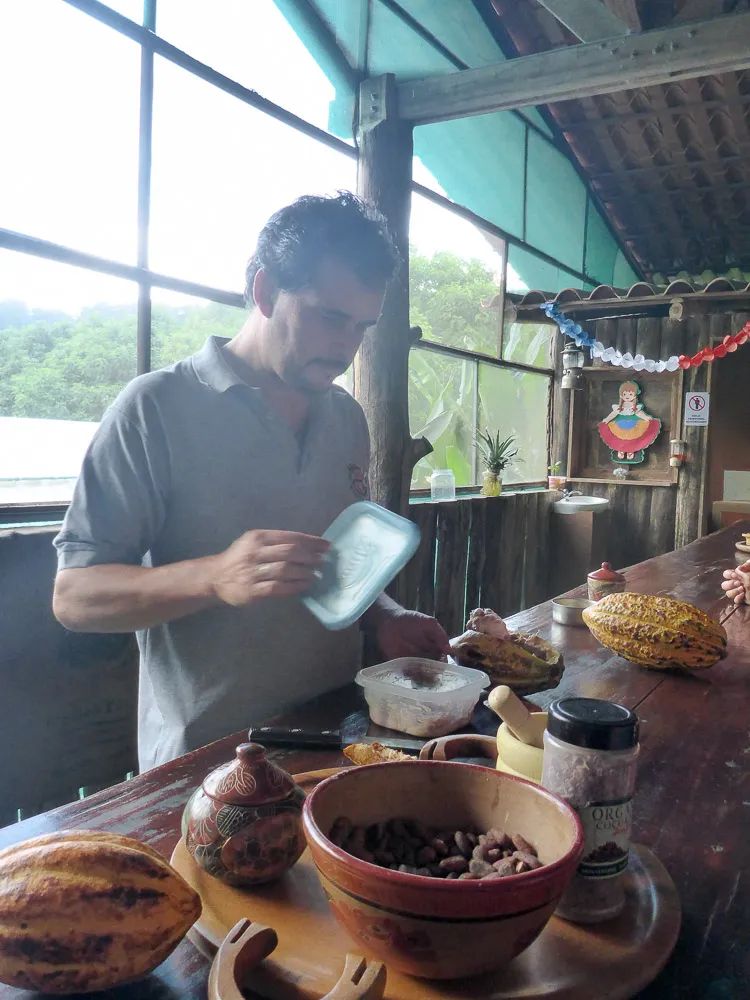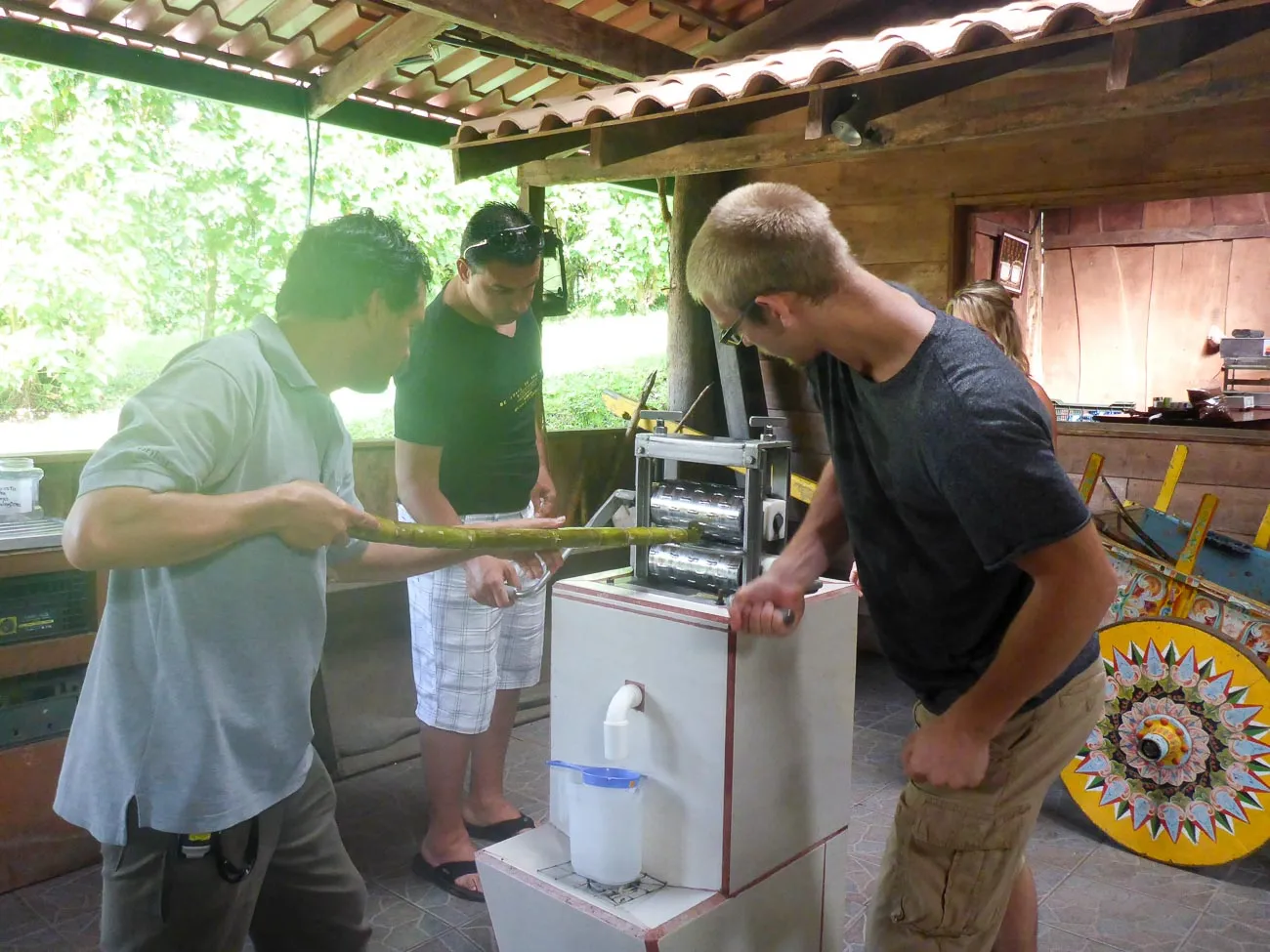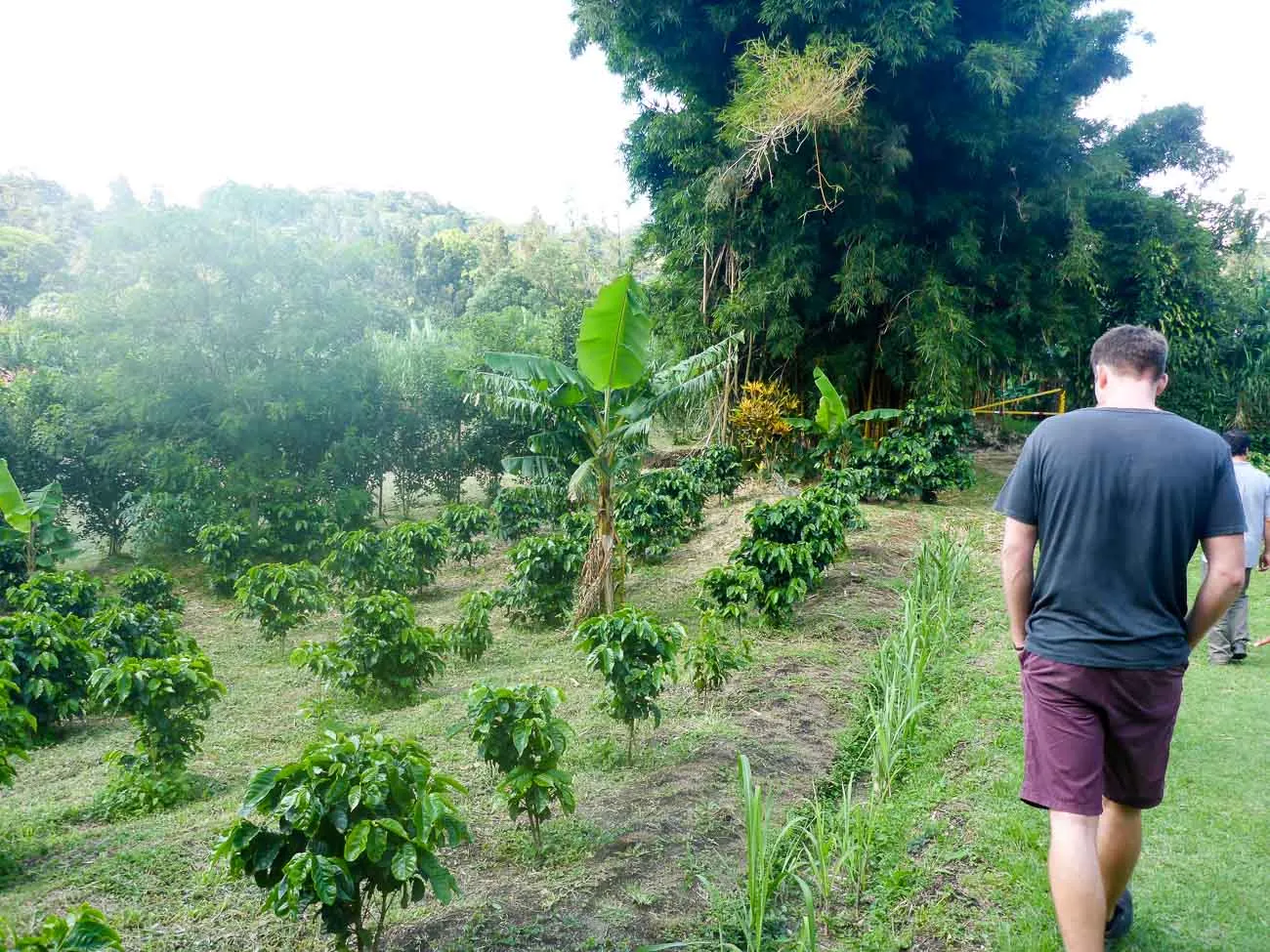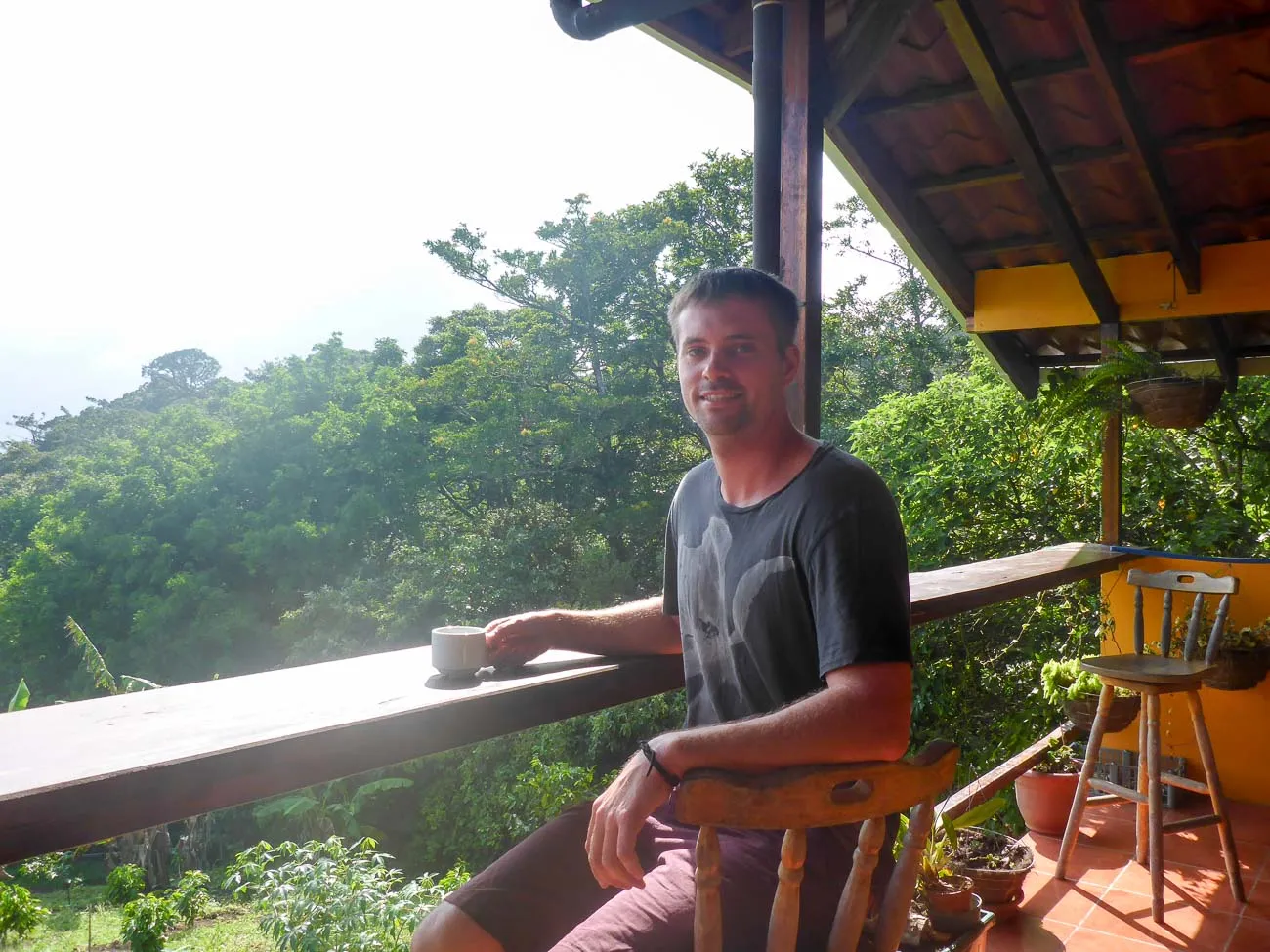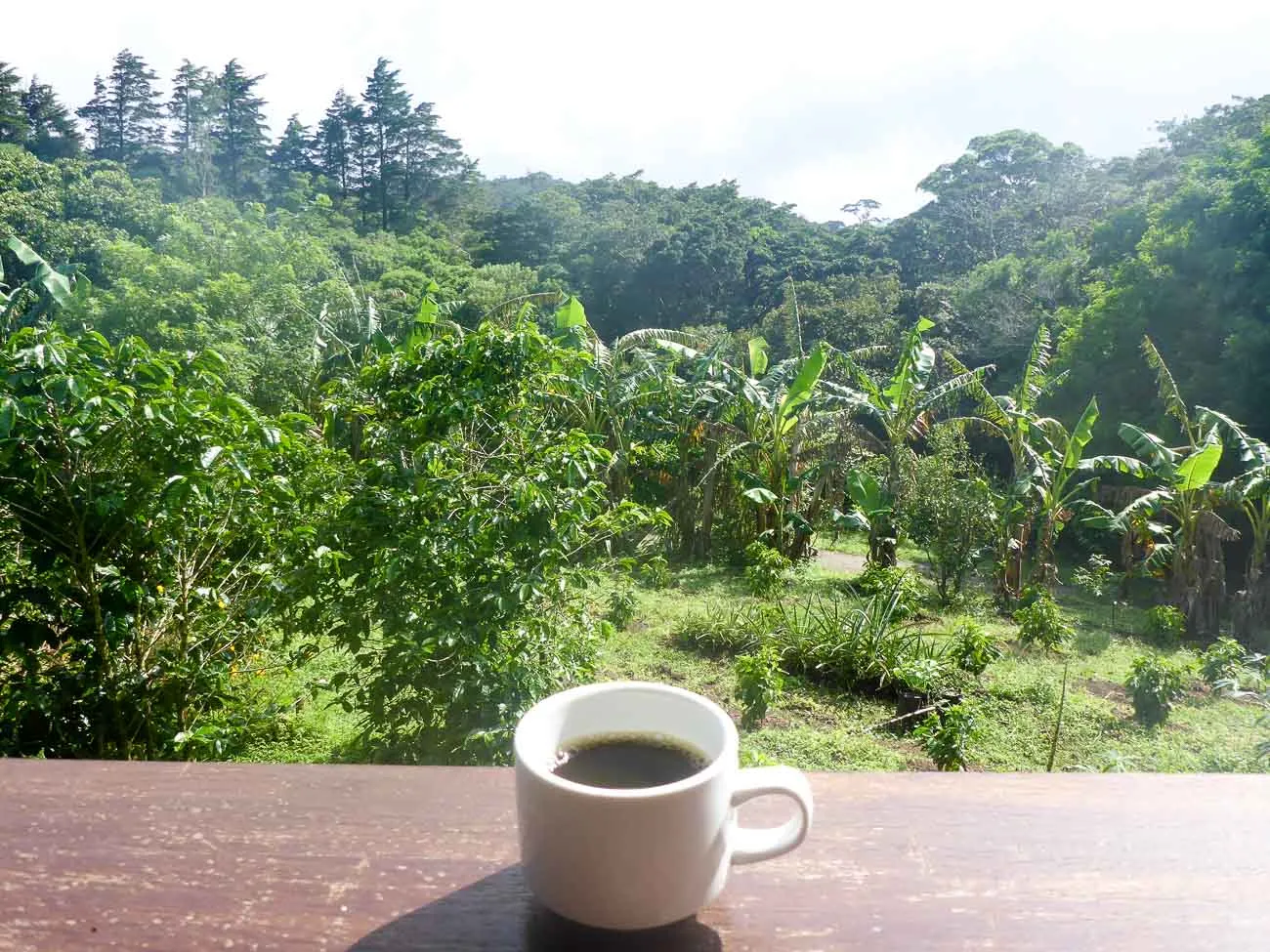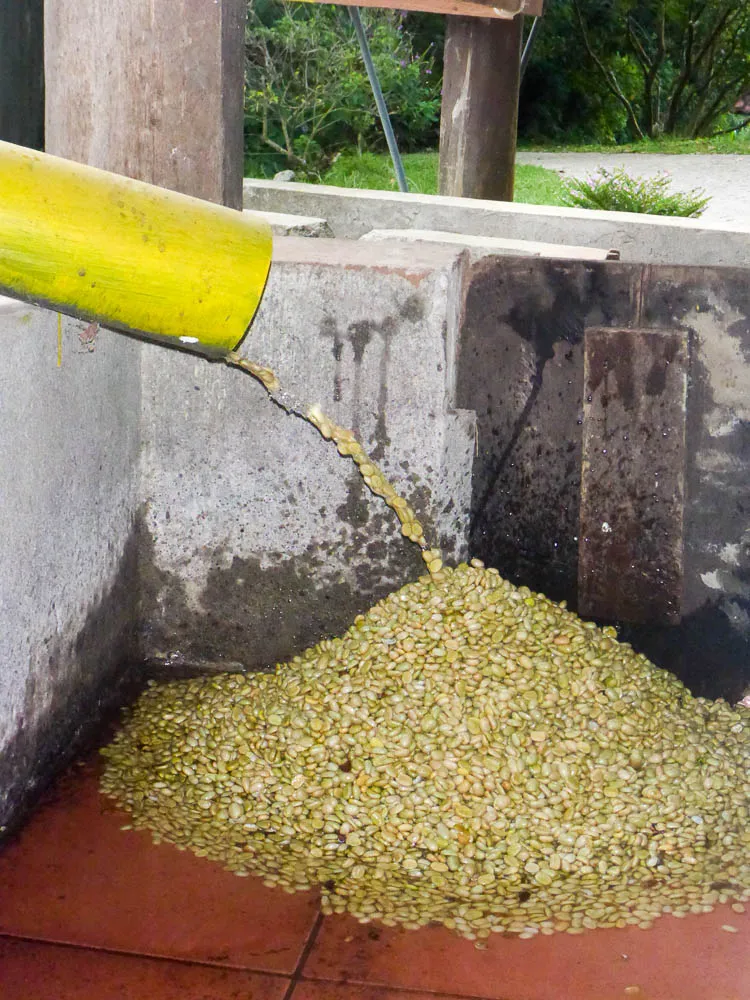Being British I have typically followed the stereotype of preferring a good cup of tea to coffee. Only choosing the latter on dark early mornings to get me up for work. However, after spending 3 months traveling around the coffee growing regions of Central America things have changed and black coffee has become a staple part of my diet.
I was looking forward to learning more about this prevalent bean but had held off visiting other coffee plantations as the reviews on the internet highlight the Don Juan tour as being one of the best. On this tour you not only learn about coffee but also chocolate and sugar cane as well.
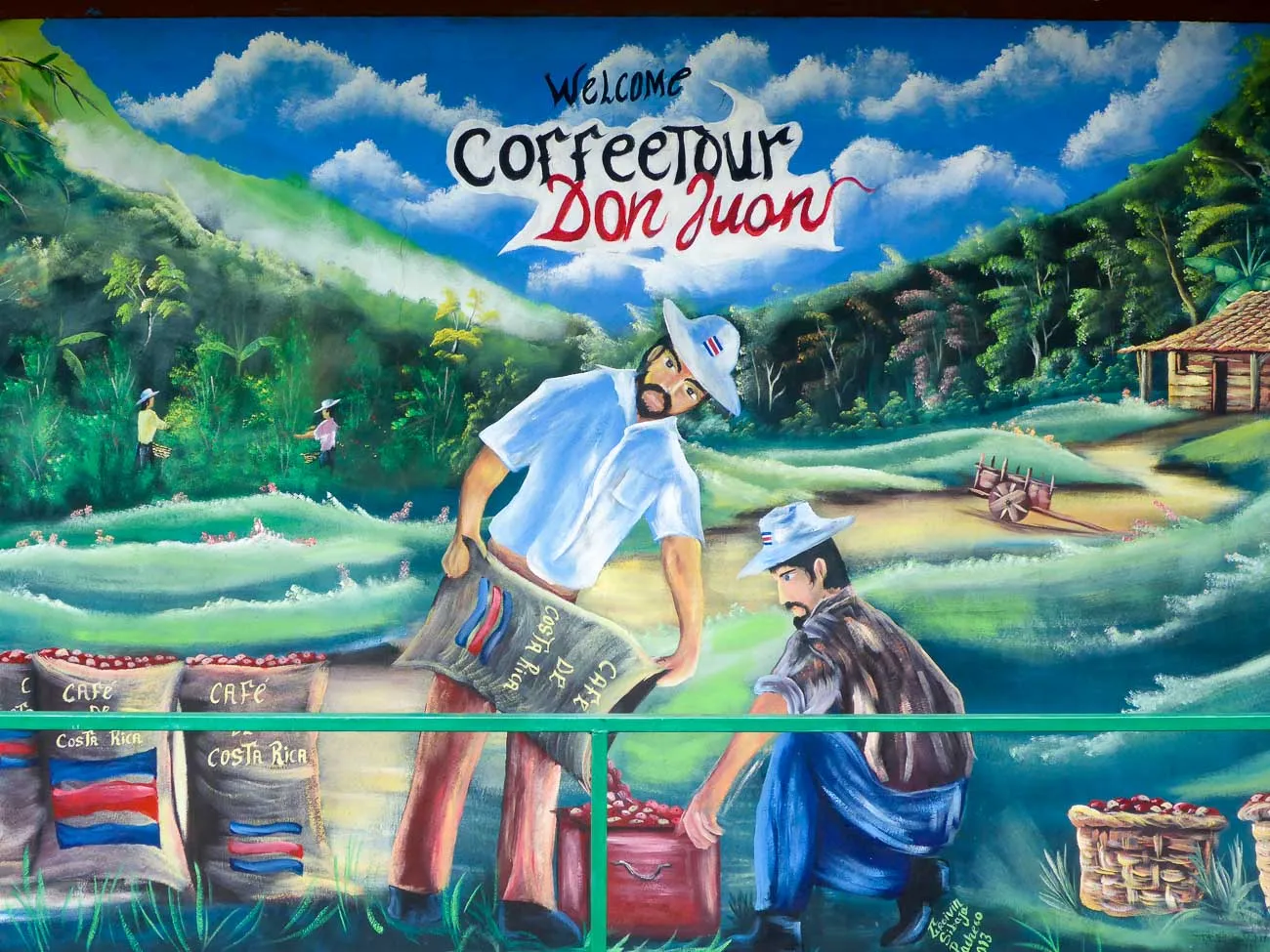
The tour begins in the garden where we learnt about the history of the coffee bean, its structure, and the process of growing the plant from seed. Our guide was brilliant, characteristically like the majority of Costa Ricans he was laidback and funny making the presentation much more interesting to listen to.
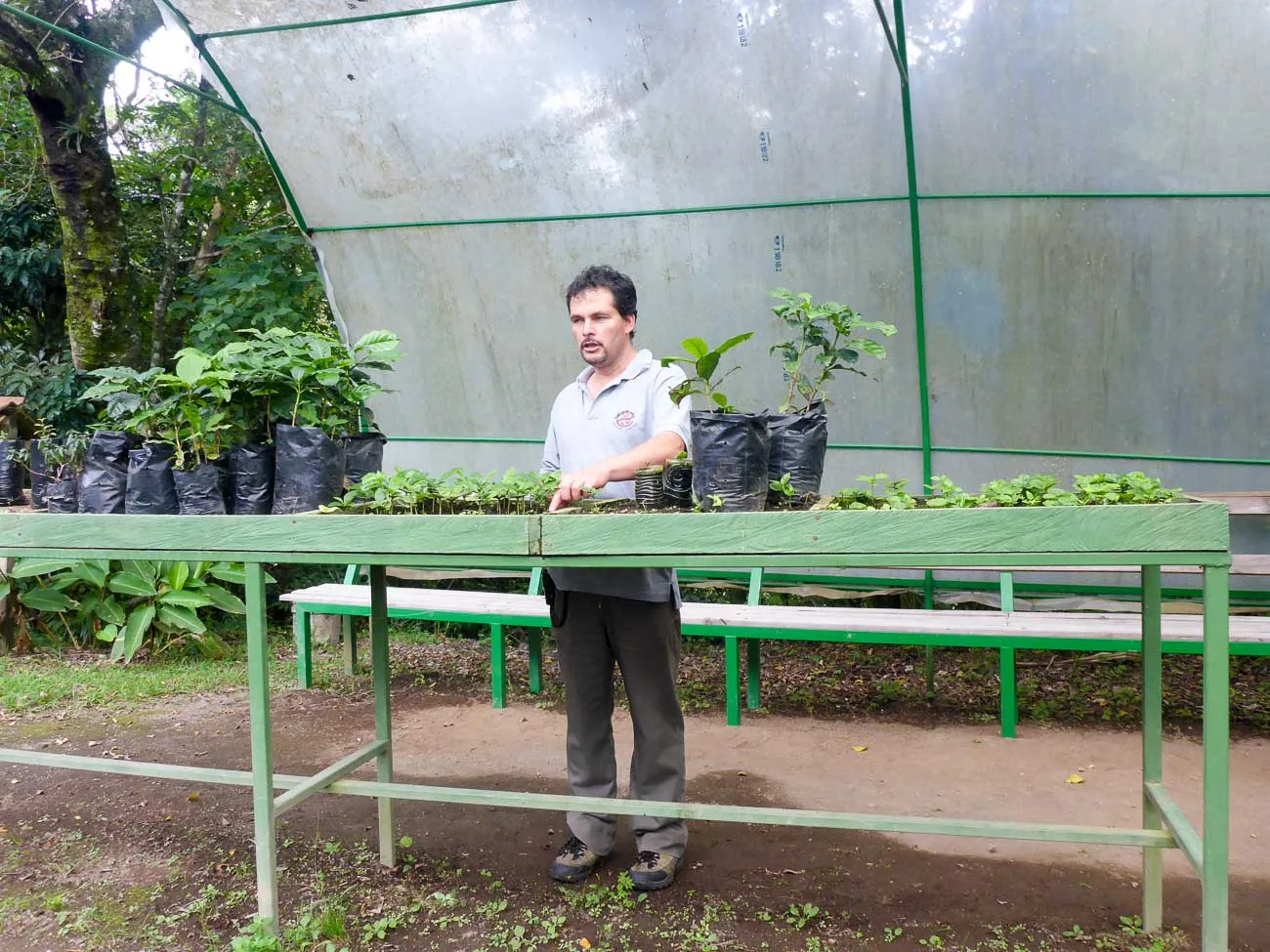
On our way to see the fully grown plants we spotted a sloth sleeping in a tree. I was very excited as we had spent hours the previous day looking for this shy animal in Monteverde Reserve only to be disappointed. The enjoyment was short lived as while we were looking up at this animal an army of ants came to bite our feet forcing us to move on quickly.
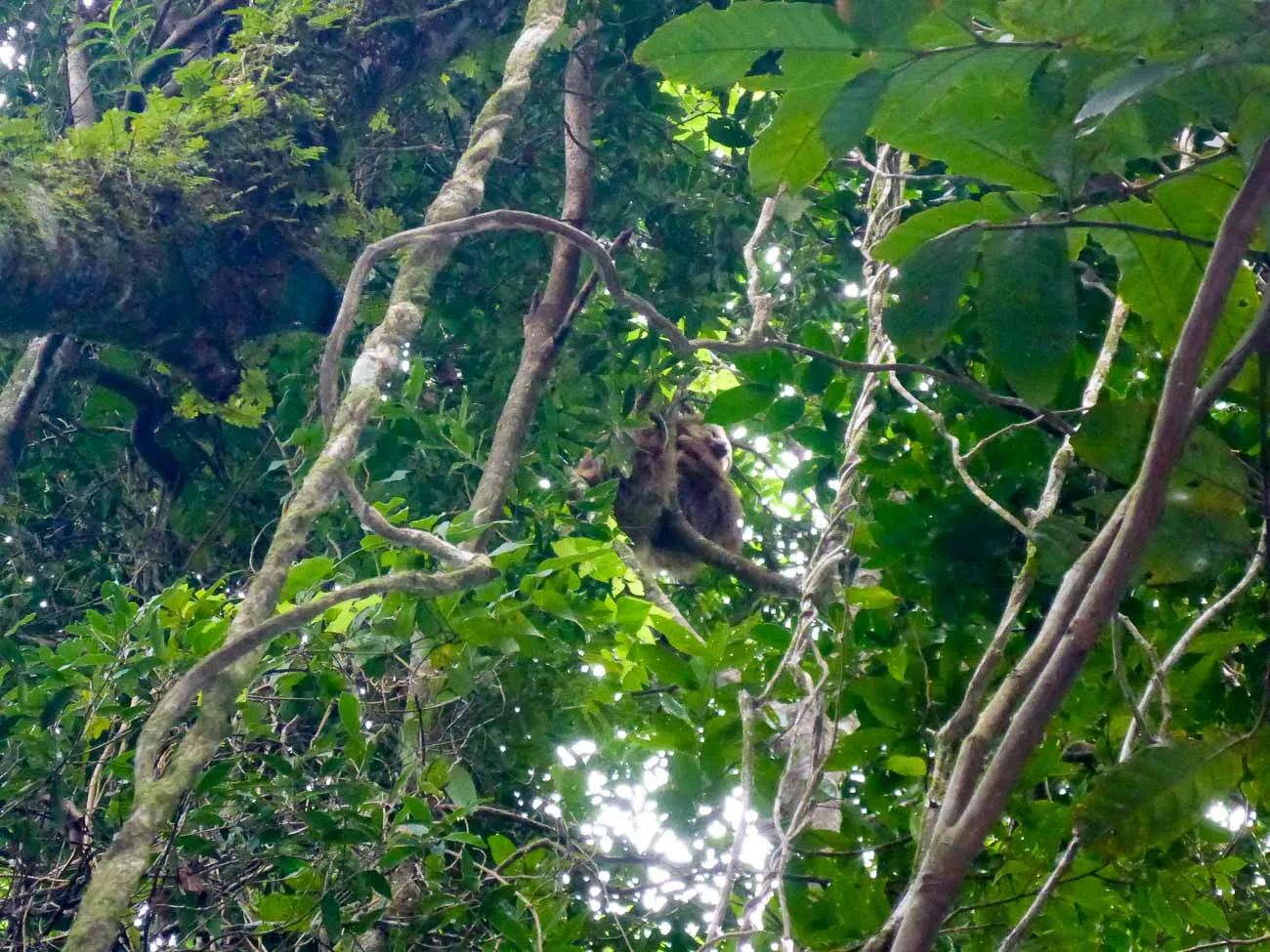
We then got to see some ripe fruits and were given a demonstration on how to pick them.
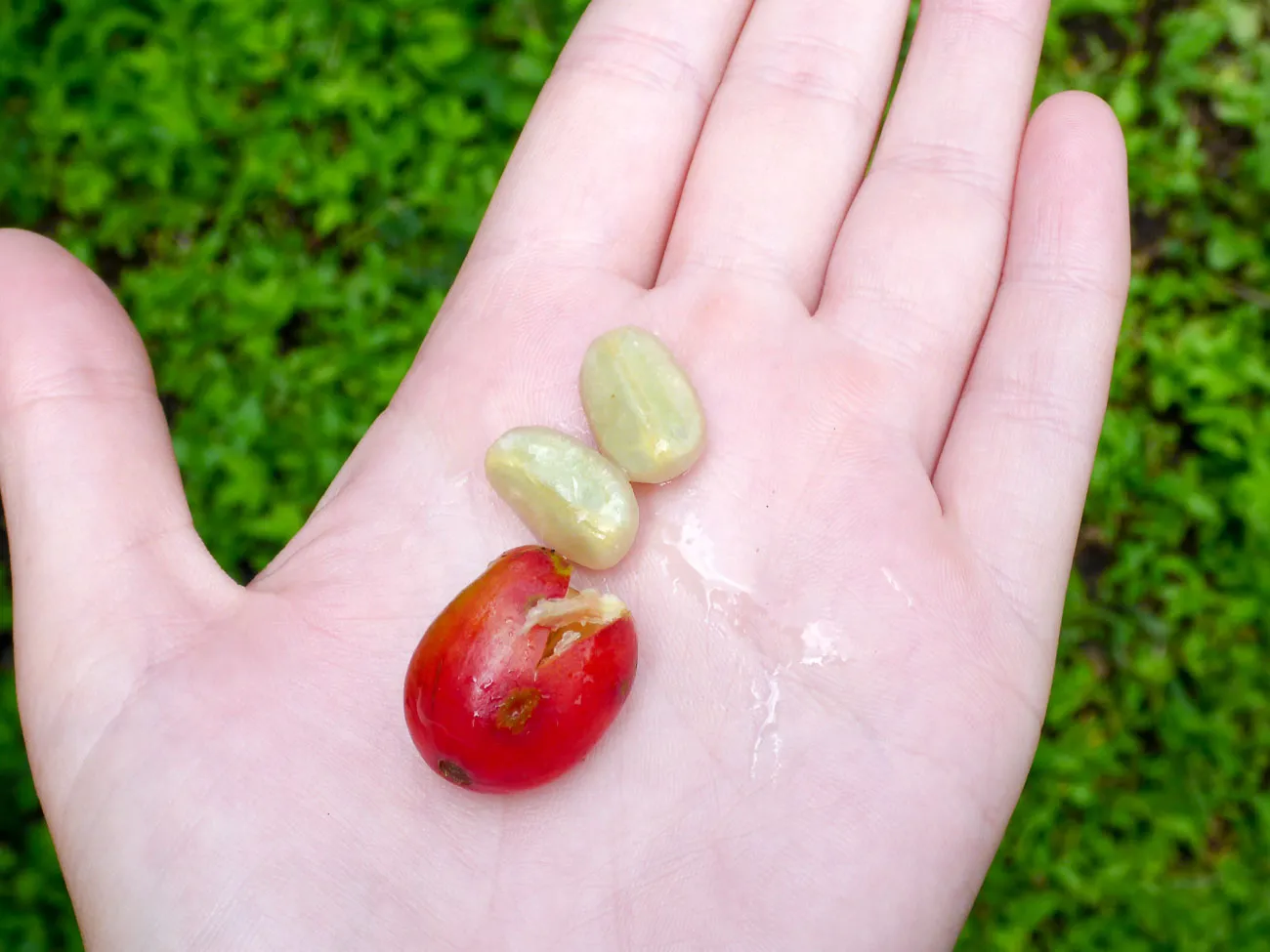
There are four layers which need to be removed before the coffee bean can be exposed. The next steps show the various traditional and modern machinery used to take off these layers.


After removing the initial layers it is time to dry the bean. The guide stresses that this is the most important part. He says it is incorrect to believe the quality of the coffee comes from the size of the bean or where it is grown. Big coffee beans are exported because they are ascetically pleasing and worth more, Costa Ricans keep the smaller beans for themselves but what they don’t tell you is they taste exactly the same.
What makes a good quality coffee is it being dried correctly in the sun. This is more time consuming but will not stress the embrio inside the bean. Allowing it to retain all its flavour.

Finally after the last layer is removed you have a coffee bean ready for roasting. Without knowing much about coffee I was led to believe that the darker, longer roasted coffee, which taste stronger and bitterer contained the most caffeine. This is incorrect and in fact the lighter the roast the more caffeine is retained.
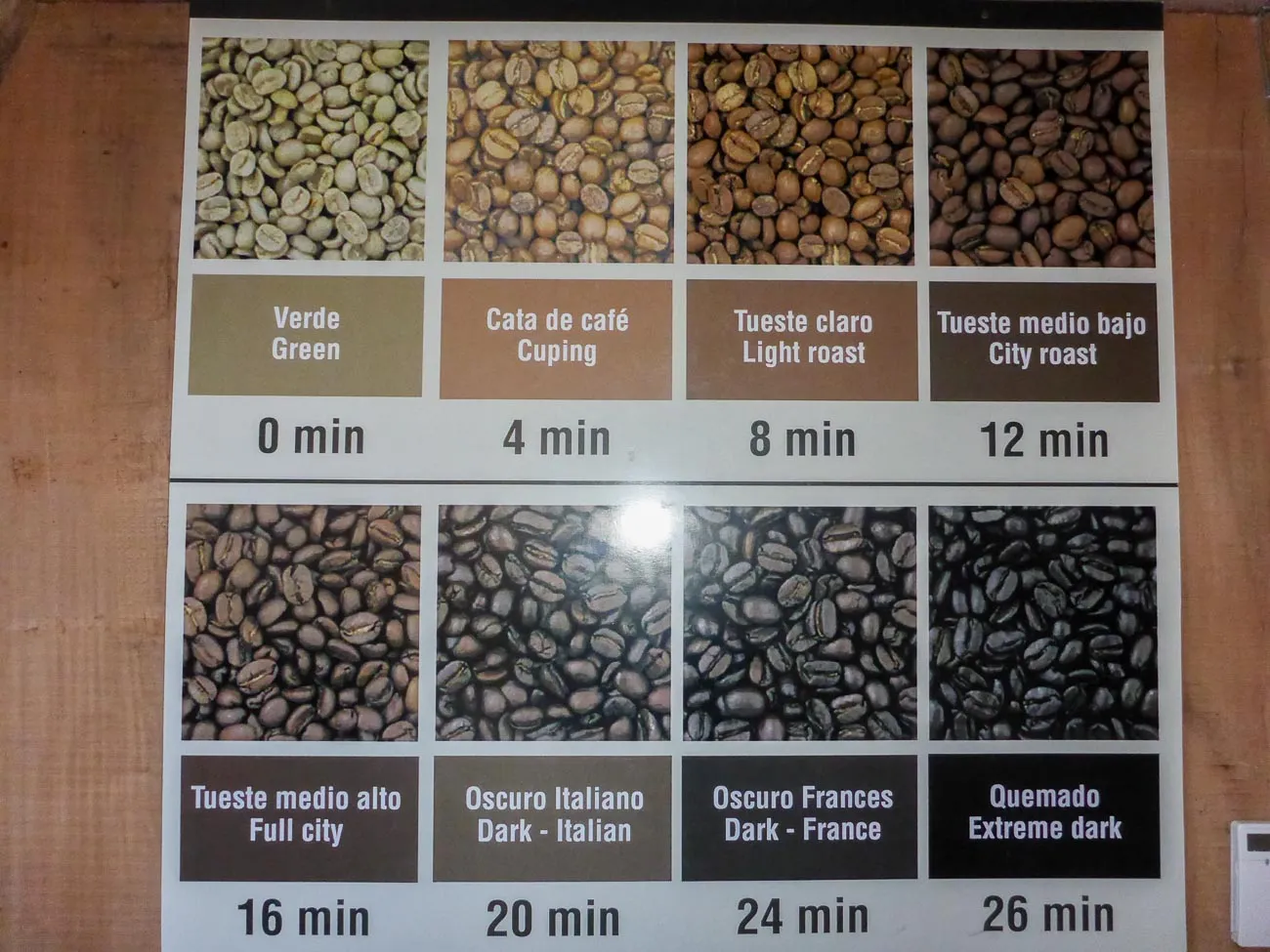
Our guide passionately discourages us from drinking the extreme dark expresso roasts which he describes as burnt. He also tells us that this is actually used a lot by large commercial coffee chains as the taste requires consumers to add milk, sugars and syrups which allow them to add a premium onto the price. Good coffee should always be able to be drank black.
After the coffee we were took into what was described as ”the happiness room” to learn about chocolate. We were firstly shown the raw cocoa beans which didn’t look particularly appetising.
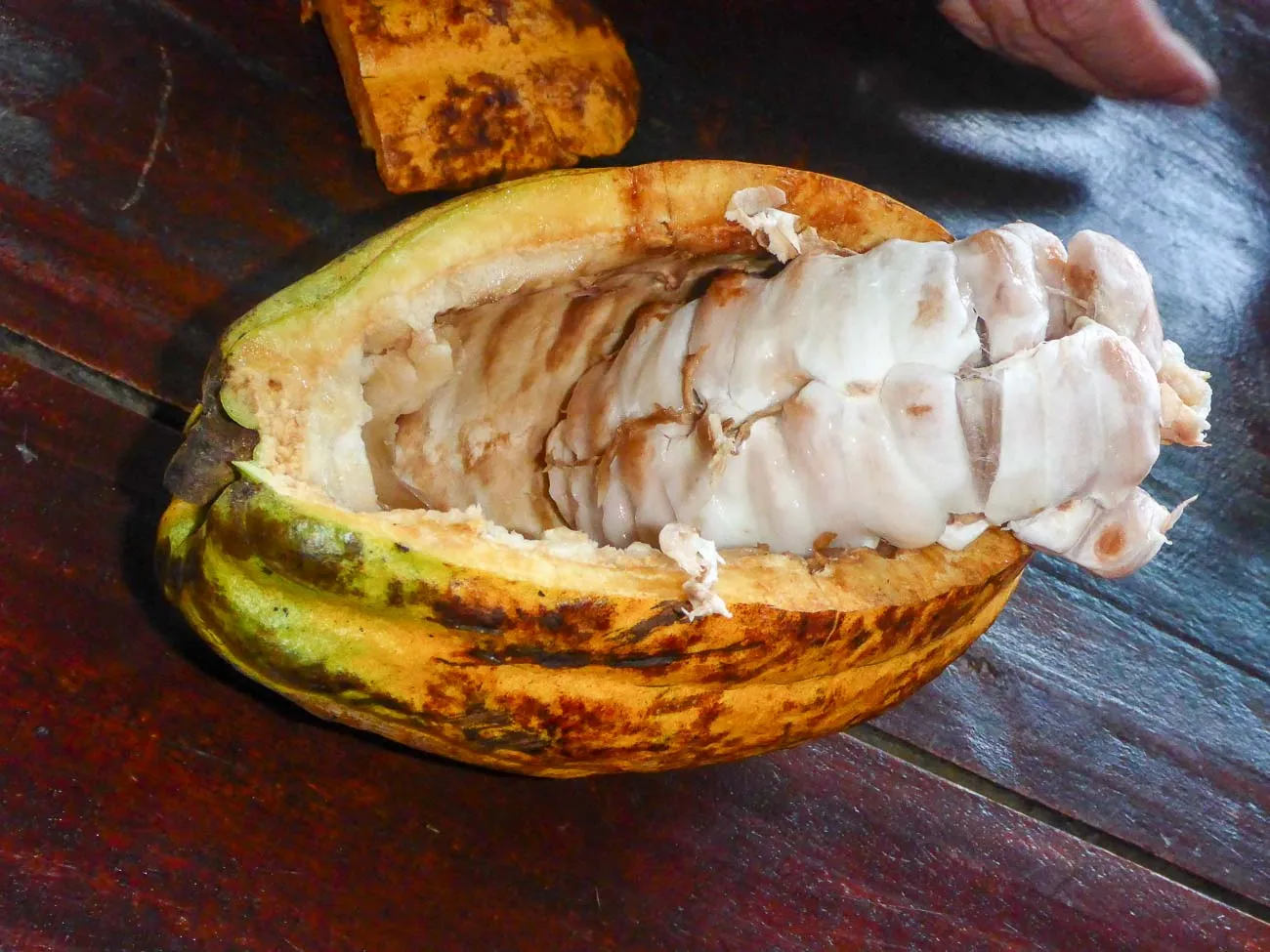
After explaining the extraction process our guide made us some traditional Mayan chocolate with vanilla, cayenne pepper and salt. It was delicious. We were then given a short demonstration about sugar cane where we took part in squeezing the juice for us to taste.
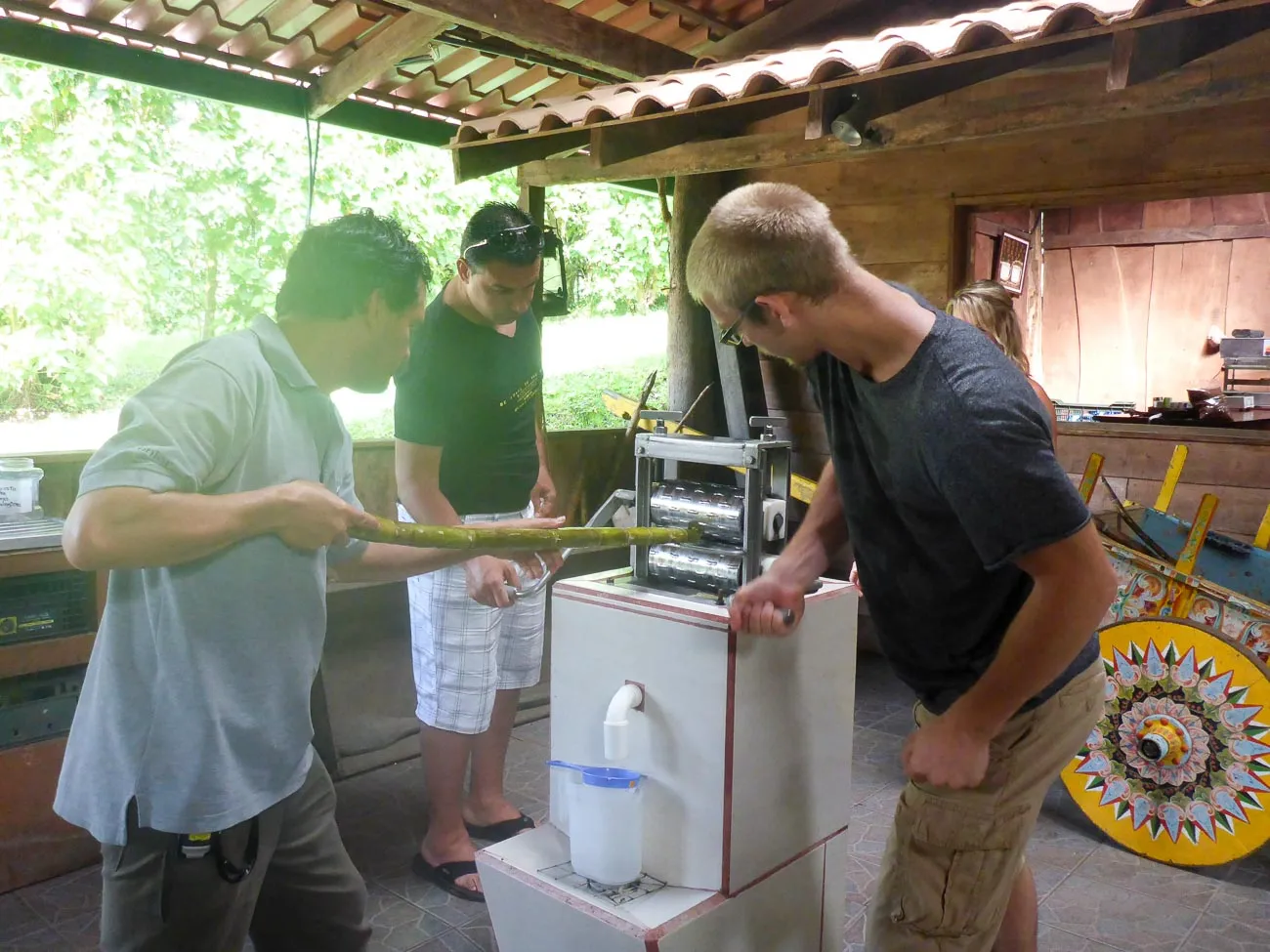
At long last we are given the chance to taste the coffee with light, medium and dark roast available. We sit enjoying the coffee overlooking the beautiful plantations.
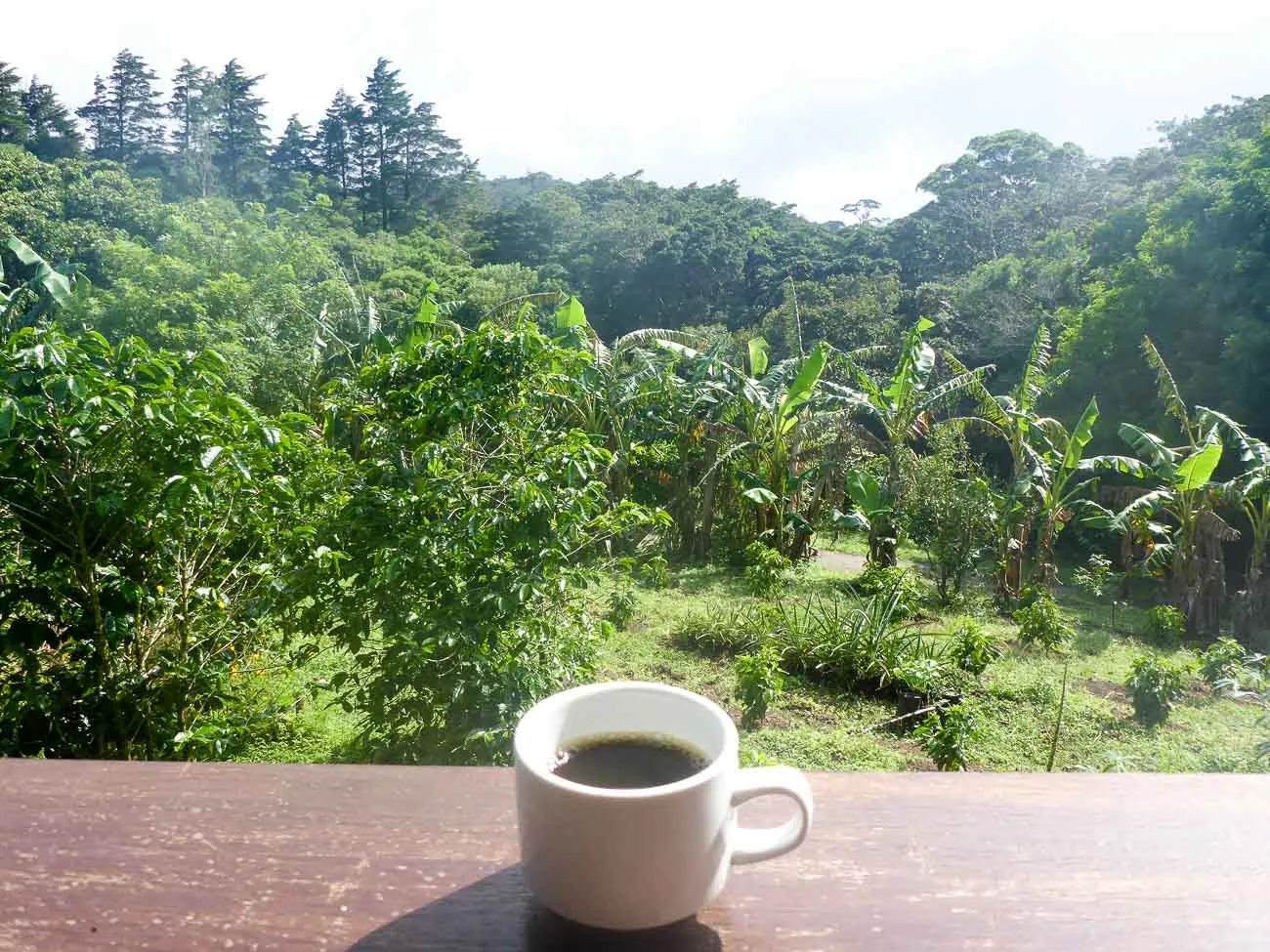
This was an excellent tour and the result of the day is that we are now officially coffee snobs. Mines a sun dried, light roast, black, no milk and no sugar please.


